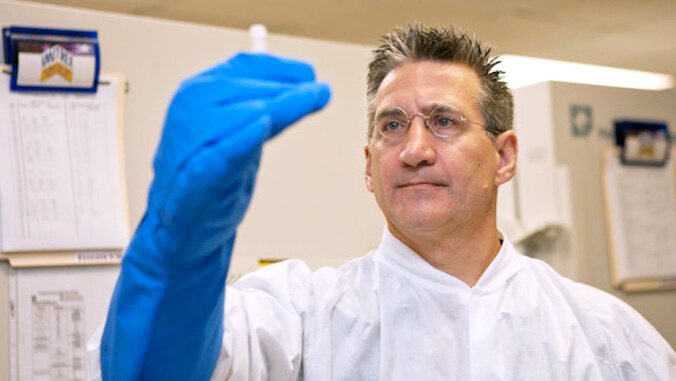
A new study reveals that global life expectancy (LE) increases have slowed significantly, suggesting humanity is approaching a biological ceiling for life expectancy.
Led by the University of Illinois at Chicago, the research published in Nature Aging, includes contributions from Bradley Willcox, a geriatric medicine researcher at the University of Hawaiʻi at Mānoa’s John A. Burns School of Medicine (JABSOM) and Kuakini Honolulu Heart Program Center of Biomedical Research Excellence-Center for Translational Research on Aging. Willcox’s expertise in gerotherapeutics—interventions aimed at addressing aging at its molecular level—plays a critical role in understanding this trend.
The study indicates that despite medical advances in reducing infant and late-life mortality, life expectancy in the world’s longest-living populations has increased by only 6.5 years since 1990. This deceleration has startled many demographers who have relied on models predicting continuous increases in life expectancy.
Lead author S. Jay Olshansky stated that the most significant advances in longevity through medical breakthroughs have already been achieved. “Most people alive today at older ages are living on time manufactured by medicine,” he said. “But these medical band-aids are producing fewer years of life, implying that the rapid increase in life expectancy is now over. We should shift our focus to efforts that slow the effects of aging and extend healthspan (the time spent living in good health).”
The study examined data from the eight longest-living countries, including Hong Kong and the U.S. While long-lived locales showed markedly slower LE gains, American life expectancy actually decreased during this period.
Implications for social programs
In 1990, Olshansky and colleagues published a manuscript in Science that argued humans were approaching a ceiling for life expectancy of around 85 years, with the most significant gains already achieved. Others predicted that advances in medicine and public health would accelerate 20th-century trends upward into the 21st century, which has implications for Social Security and other public health programs.
Willcox noted the importance of these findings for planning retirement: “How do we realistically plan for our future? What data source do we trust to determine how long we might live?”

